Humble Beginings
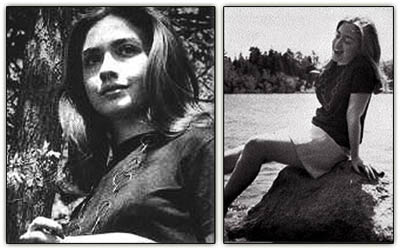
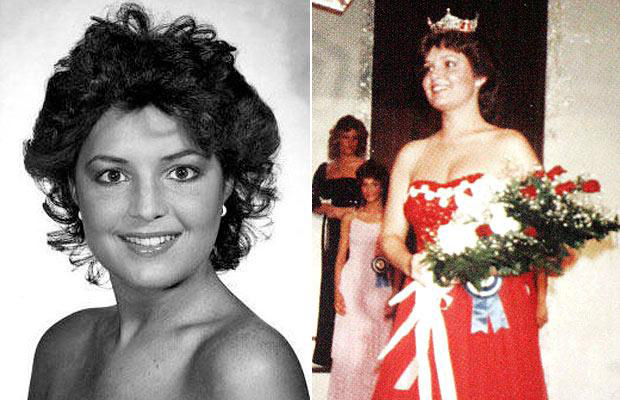
Whether or not it is the age gap between Hillary Clinton and Sarah Palin is significant in their media representation, they are portrayed differently. Beginning with their youth, Clinton and Palin have been seen through different lights. As seen through these images, Clinton and Palin had different beginnings. A simple Google image search will draw Palin's pictures from her youthful, beauty pageant competition days, while Clinton's will draw up a few black and white photos. This initial disparity between the quality of photographs available to the public from Clinton and Palin's youth shows Erickson and Thomson's meaning of "seduction theory" (305). Their article explores the persona put on by these "seductive rhetors" and how "a rhetor's seductiveness, therefore, rests not in some mystical link to eros or rhetorical banter but in the ability to stimulate desire via aesthetic performances that enfold the subject" (305). This means that the rhetor's perceived image is more important than their actual rhetorical abilities. In the case of Hillary Clinton and Sarah Palin, their gender is the perceived image, as they are expected to act a certain way.
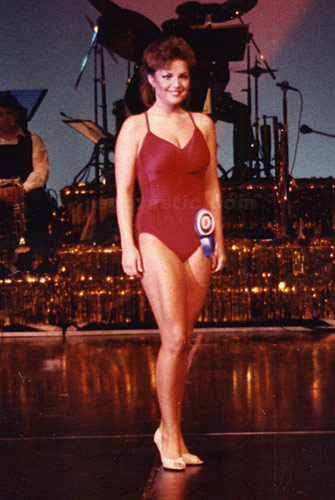 |
The first photo of Sarah Palin is one from her pageant competition, the swimsuit competition. Here Palin is seen wearing a red one piece swimsuit, a pair of high heels, and is turned slightly to the right. Here, Sarah Palin is a sign, she symbolizes the embodiment of femininity and how a woman is expected to dress and portray herself, as seen through her posture. According to Jewitt and Oyama, the view point of the camera leaves us and Sarah Palin at eye-level, this means that "there is a relation of symbolic equality" (135). However, since she is not looking at the camera, Palin is giving the audience the power. She is allowing herself to be objectified as a model, and is posing for the viewers' pleasure. Her red bathing suit attracts the viewers' eyes to her body, which is the focus of the photograph. The bathing suit is fitted and covers only what it needs to, as a way for judges to score beauty pageant contestants. As a photograph that is being circulated of a woman who now wants to be considered as a serious, powerful politician, her objectified past as an object in which audiences were given pleasure through scopophilia, to borrow from Psychoanalysis (Rose, 107), does not aid Palin in her quest to not be sexualized in politics.
|
|
|
|
Hillary Clinton, on the other hand, seems to have always been portrayed in a different light. In her youth pictures, Clinton is seen in high-waisted, striped pants with a white, long sleeve button up shirt. In a completely opposite fashion from Palin's picture, Clinton is almost covered from head to toe. This picture does not necessarily hold any sort of sexualized meaning. It does, however present an interesting meaning through Clinton's pose. She is sitting on an ottoman, slightly leaning forward and has her elbows resting on her knees and her hands thrust upward in an inquisitive motion. Clinton's face also has a questioning expression, and almost seems to be challenging whoever was taking the photograph. The fact that the camera is at eye level and Hillary Clinton is looking directly at the camera shows her dominance in the photograph. Along with her expression, her body language also seems to be in a challenging and almost aggressive stance. The photograph is also framed in a way in which Clinton is made to look almost intellectual, as she is sitting in front of a book shelf. This is important because even from her earliest pictures, Hillary Clinton is represented as "unfeminine" in terms of typical gender performances. In this photograph, she is surrounded by books, is assuming a dominant position, and comes off as a dominant figure -- all characteristics that are stereotypically attributed to men.
|
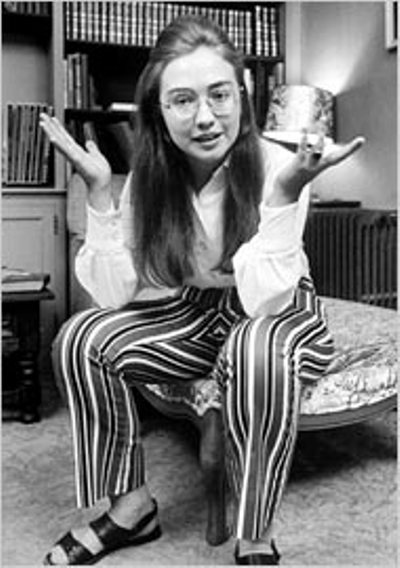
|
Among their few other pictures from that past, it is interesting to see how their political personas may have been constructed from these beginnings. Even as the pictures change, we can see a story unfold for both of these women. Intertextually (Rose, 142) between pageant pictures, we know that Sarah Palin goes on to win. She continues the trend of not looking at the camera, only this time, she holds more power because the audience is looking up at her (Jewitt and Oyama, 136). Palin upholds this image of femininity and playing into dominant gender roles. Hillary Clinton, on the other hand, goes on in her next picture to be addressing someone else. Although she is looking away from the camera, the constant of her body language and facial expression imply that she is telling someone something, and holds the power within the conversation.
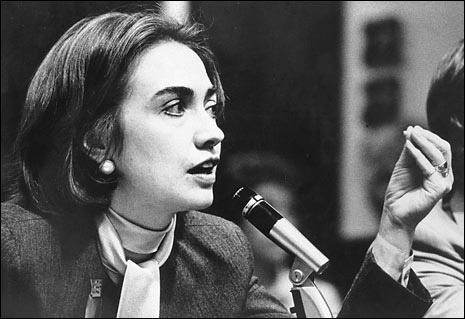
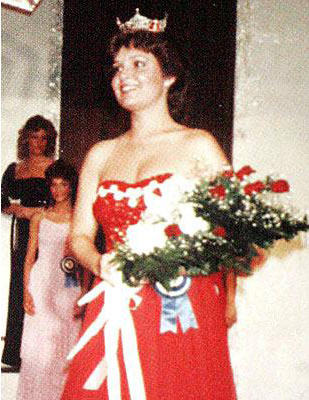
|Home|
|Gendering Politics|
|Magazine|
|Dolls|
|Wrap Up|
Sources:
Erickson, Keith V., and Stephanie Thomson. "Seduction Theory and the Recovery of Feminine Aesthetics: Implications for Rhetorical Criticism." Communication Quarterly 52.3 (2004): 300-319. Communication & Mass Media Complete. EBSCO. Web. 21 Mar. 2011.
Jewitt, Carey and Rumiko Oyama. "Visual Meaning: A Social Semiotic Approach." In Theo van Leeuwen and Carey Jewitt (eds.), Handbook of Visual Analysis (London: Sage, 2001), p. 134-156.
Rose, Gillian. Visual Methodologies. Los Angeles: Sage Publications, 2007. Print.
Images:
1. http://www.youbioit.com/en/article/image/211/young-hillary-clinton
2. http://www.telegraph.co.uk/news/picturegalleries/2652289/Sarah-Palin-McCains-running-mate.html
3. http://www.mademan.com/chickipedia/sarah-palin/photosgallery/Sarahpalin-atapagent-young-swimsuit_832.html
4. http://uvtblog.com/2009/08/german-chancellor-vote-for-deez-breastasises/
5. http://www.hillaryclintonpictures.com/hillary-clinton-pics
6. http://www.telegraph.co.uk/news/picturegalleries/2652289/Sarah-Palin-McCains-running-mate.html







